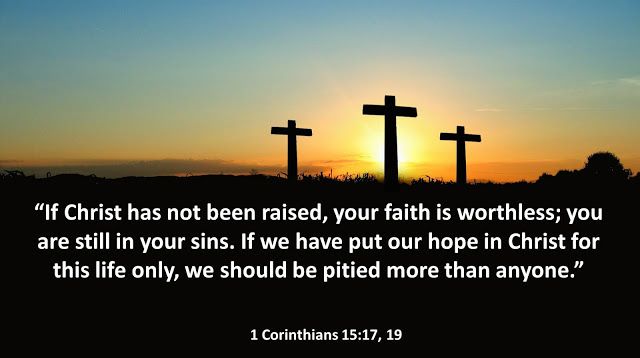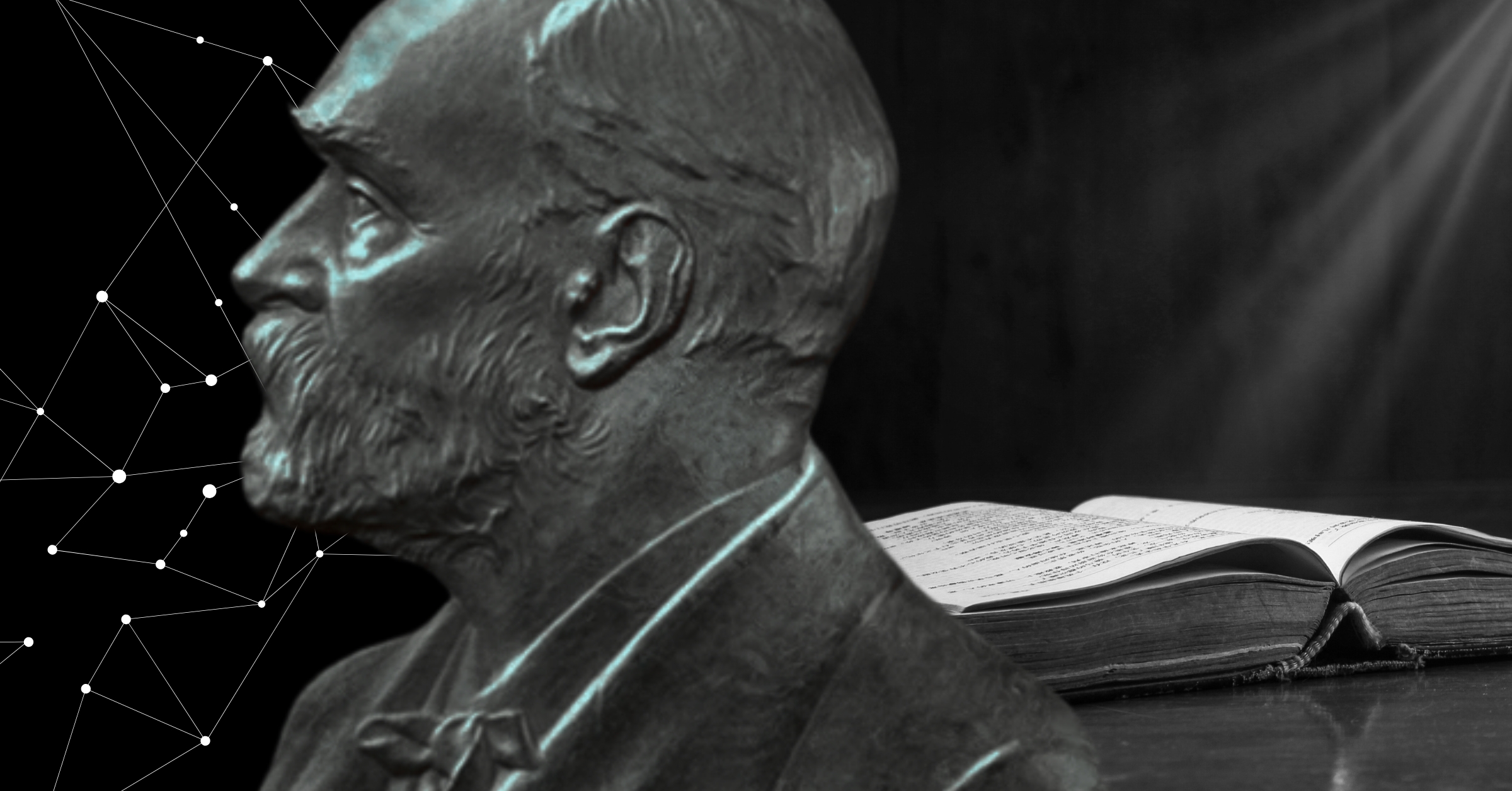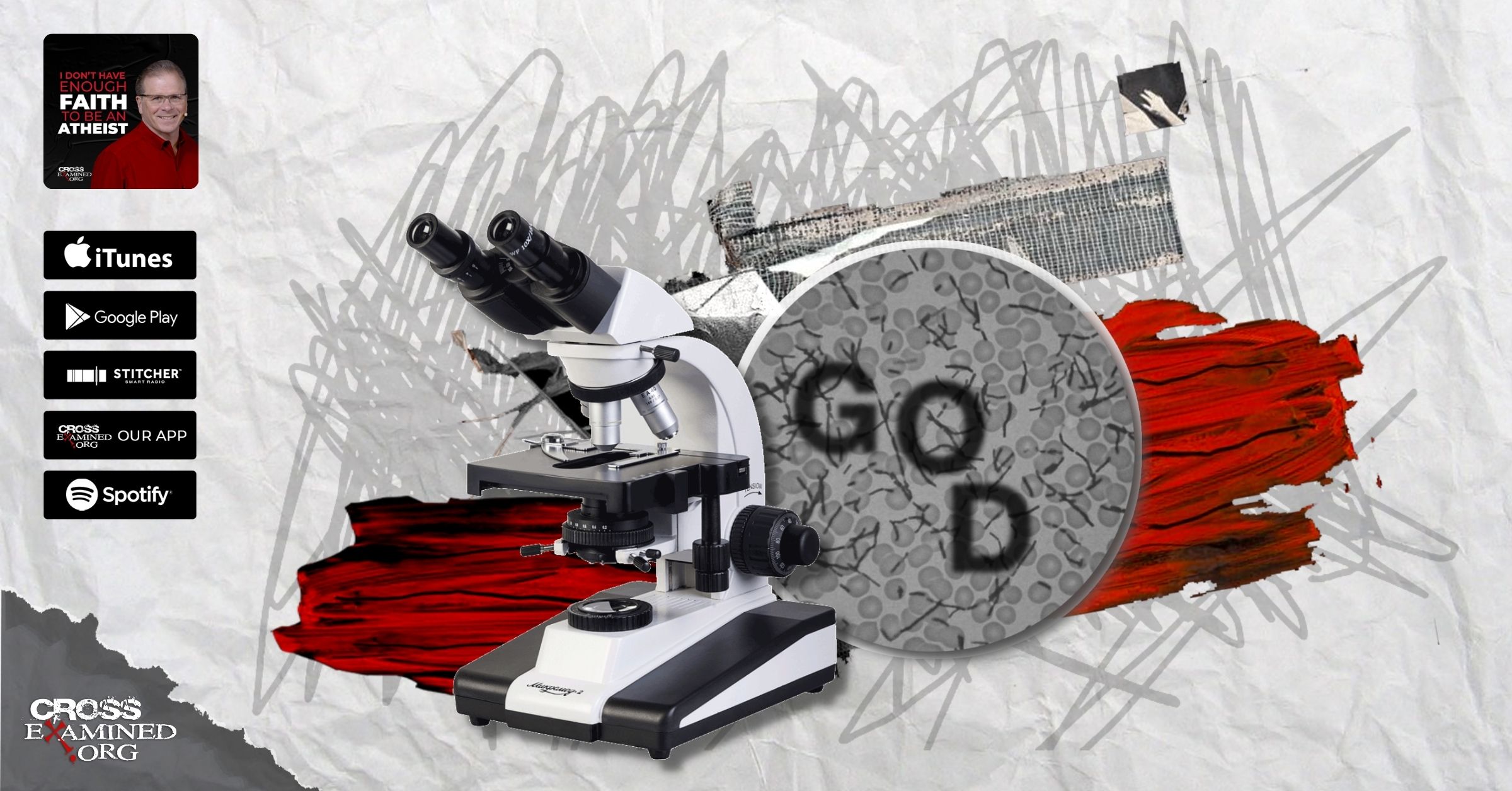Did The Historical Jesus Rise from The Dead?
Introduction – Why Is Jesus’ Resurrection So Important?
Those who have followed this blog know that I focus a lot of my writing on defending the compatibility of science with the Christian worldview and that I spend much energy addressing philosophical and logical challenges to some of the finer details of Christian theology that skeptics offer as defeaters for the Christian worldview. However, it is important to remember that the truth of the Christian worldview rests on one, single historical event: the resurrection of Jesus Christ. If Christ has not been raised, then none of the other details of the Christian worldview matter. The Apostle Paul made this very clear in 1 Corinthians 15:
While finding answers to the finer points of the Christian worldview can be difficult, if Christ has been raised, then there are answers to every scientific, philosophical, and experiential challenge. Even if we may not know all those answers at any given point in time and even if the answers are different from what we envision or desire, if Christ has been raised, Christianity is true, and we can work out the finer scientific, philosophical, and experiential details later. So, it is important that all skeptics and Christians deal with and be made aware of the evidence for this essential historical event.
In today’s post my goal is not to be comprehensive with the evidence for the Resurrection but to give the skeptic some videos and other resources to begin seriously looking at this claim and to make the Christian aware of resources that they can have to “always be prepared to give a reason for the hope that they have” (1 Peter 3:15).
Is The New Testament a Reliable Source of History?
One of the first concerns of the skeptic is the source of information that we have on the historical Jesus. Some believe that the historical Jesus is different from the Jesus of Christianity. This claim is based on the acceptance of the reliability of different historical sources that make conflicting claims about the historical Jesus.
It is generally recognized that the closer a record is to an event, the more likely its author is to be in the position to know if the claim is true or not, compared to later sources. In this first video, Dr. Gary Habermas traces the creed found in 1 Corinthians 15 to within a few years of the death of Jesus:
It is quite common for people to claim that the gospels cannot be historically reliable; however, when they are put to historiographical tests, it is unreasonable to reject them as reliable. In fact, if the gospels are rejected on historiographical grounds, then all ancient historical sources (and all our knowledge of ancient history) must be rejected as well. This second video explains the historiographical tests:
Dr. Habermas systematically evaluates the different proposed sources for information on the life of the historical Jesus in his book “The Historical Jesus: Ancient Evidence For The Life of Christ.”
Still, some people claim that the gospels that we have today cannot be the same ones originally written; it is common to hear the transmission of the documents compared to a game of “telephone” where the message changes slightly with every step of the transmission to end up with something completely different from the original message. In this video cold-case homicide detective J. Warner Wallace demonstrates how this analogy does not apply because of the established chain of custody of the accounts:
Wallace also applies tools of a detective to authenticate the gospels as eyewitness accounts. If these tools are unreliable to determine if the gospels are eyewitness accounts, then they are unreliable to determine if any other recorded accounts of any event (including crimes) are from actual eyewitnesses of those events (which would present a huge obstacle to seeing justice served when crimes are committed). His two books that go into the details these tools and how they are applied by detectives are:
- Cold-Case Christianity: A Homicide Detective Investigates the Claims of the Gospels
- Alive: A Cold-Case Approach to the Resurrection
Did Jesus’ Resurrection Actually Happen?
Now, establishing the gospels as actual eyewitness accounts does not necessarily establish the truth of the accounts. The content of the accounts must be put to the test. The key claim in the accounts that is important is the claim of the Resurrection of Jesus. In this next video, the facts surrounding the claimed event are put on the table for examination:
With all the facts before us, we must now examine possible explanations for those facts. The most reasonable explanation is the one that consistently explains the largest majority of the facts; while, the least reliable explanations cannot explain any number of the facts on the table. This next video examines the proposed explanations and shows how a physical resurrection is the most reasonable explanation of the facts:
Dr. Habermas presents much more of the detail of the facts and the proposed explanations in his book “The Risen Jesus and Future Hope.”
Is The Story of Jesus Just a Copy of Pagan Myths?
Despite the historical reliability of the data presented, some people try to explain all the data by claiming that the story of Jesus was merely a ripoff of other pagan mythologies. J. Warner Wallace takes a few minutes to show how the stories are not close enough to each other in their content to be related, and he shows that even if they were close in content that the presence of a fictional story does nothing to negate the truth of a historical event, even if they have similar characteristics and even if the fictional story predates the historical event:
Who Was Jesus, Really?
The evidence demands a verdict. A verdict on the historical claim of the Resurrection of Jesus Christ and who Jesus Christ is. We can either follow the evidence where it leads and make the reasonable and logical action of surrendering our lives to Him, or we can ignore the evidence and make the unreasonable and illogical decision to stick our heads in the sand and ignore reality. Ultimately, we all must face the evidence and answer Jesus’ pointed question: “Who do you say that I am?”
The Historical Jesus Did Rise from The Dead- Conclusion
The reality is that no matter what is true about the world we live in, if Jesus Christ has not been raised from the dead, Christianity is false. Since the evidence demonstrates that Jesus Christ has been raised, we can be confident that Christianity is true. Because the Christian has already followed the evidence where it leads regarding the historical claims of Jesus, the Christian is free to follow the evidence regarding any other part of reality, from the timing and mechanism of God’s creation to the interaction between God’s sovereignty and man’s free will to the role of pain, suffering, and evil in this present world.
The undeniable reality is that man is fallen and is evil by nature, and, though we all long for forgiveness and redemption so that we can live a life of objective purpose and ultimate significance, we cannot without the sacrifice of the perfect Son of God and His subsequent victory over death. Christianity is not just a story for people to accept by blind faith; it is the evidentially supported answer to all of our deepest desires and most painful sufferings. Follow the evidence where it leads; accepts the reality of Jesus’ death and Resurrection, and be changed for eternity.
Luke Nix holds a bachelor’s degree in Computer Science and works as a Desktop Support Manager for a local precious metal exchange company in Oklahoma.
Original Blog Source: http://bit.ly/2vdLKKg












Leave a Reply
Want to join the discussion?Feel free to contribute!